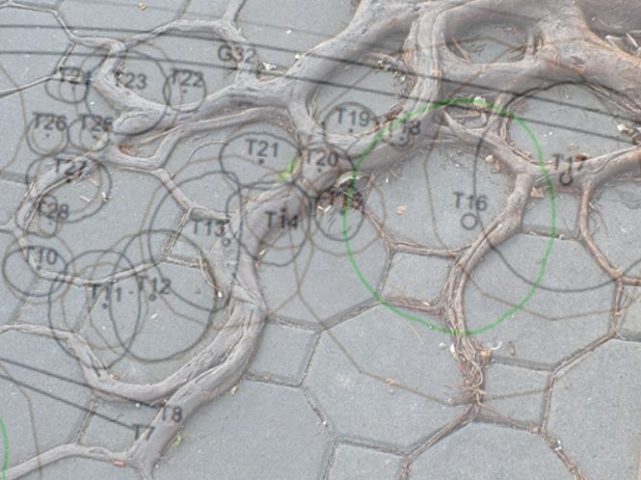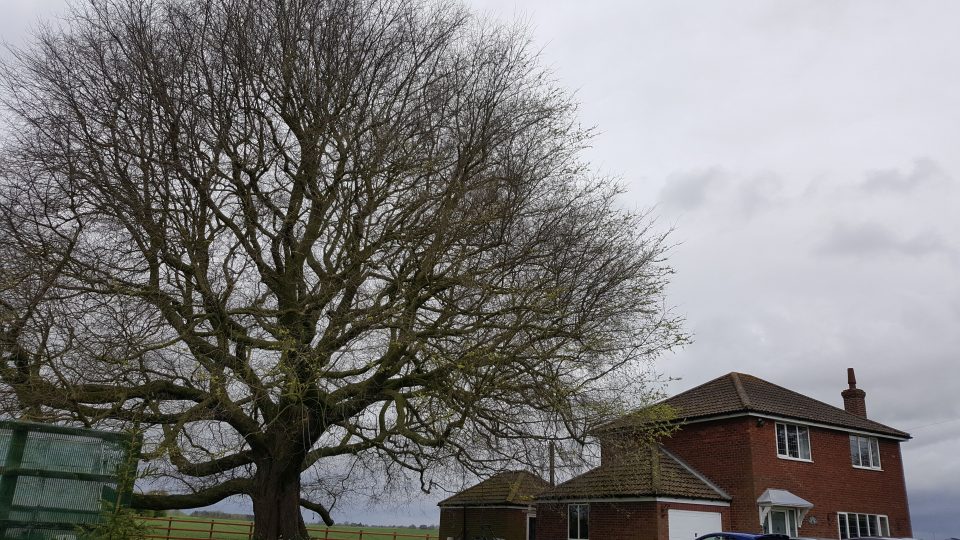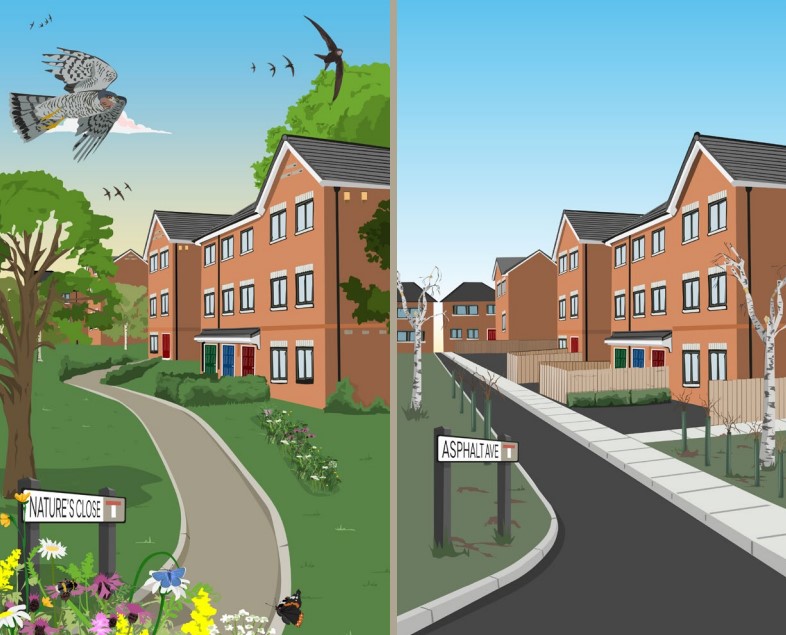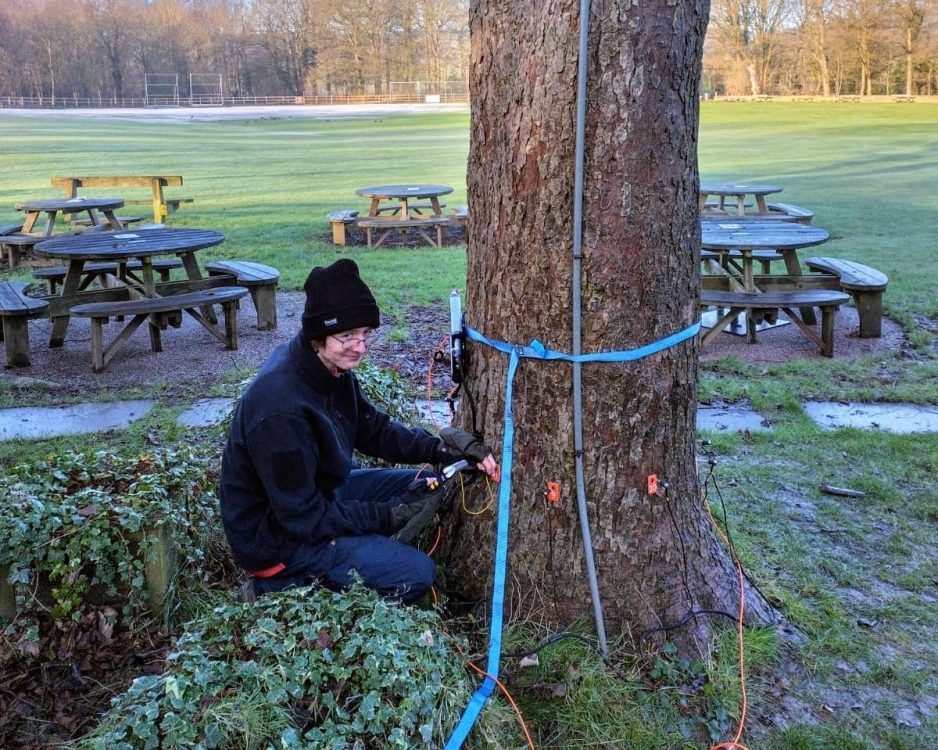
Welcoming Ross: Our Newest Arboriculturist
20th May 2024
AWA: Our Mission, Vision, and Values
4th October 2024Revision of BS5837: Trees in Relation to Design, Demolition, and Construction – What you need to know .


The long-awaited draft revision of BS5837: Trees in Relation to Design, Demolition, and Construction – Code of Practice has finally arrived. It represents the most significant update to the British Standard since the last revision in 2012. For tree consultants, urban planners, and developers, this revision could have a profound impact on how trees are integrated into design and construction projects. Here’s a breakdown of the key changes, what they mean for trees and planning, and how you can, and why you should, get involved before the consultation period ends on October 16, 2024.
What is BS5837?
BS5837 is the British Standard that provides recommendations and guidelines for managing trees in proximity to design, demolition, and construction activities. Its primary objective is to promote a sustainable relationship between trees and structures by setting out the principles and procedures necessary to retain trees on development sites while ensuring safety and structural integrity.
Since its last update in 2012, arboricultural, planning, and construction practices have evolved, highlighting the need for a revision. The newly released draft aims to bring the standard up to date with these advances, particularly in light of increased ecological awareness and the pressures of urban development.
Purpose of the Revision
The updated version of BS5837 will address key developments in tree protection, impact assessment, and sustainability practices. Some of the primary areas of focus include:
Root Protection Areas (RPAs): More detailed guidance on how to assess and calculate RPAs, especially for veteran trees and ancient woodlands.
Arboricultural Impact Assessments (AIA): Revised methods for evaluating the effects of construction on trees, factoring in broader environmental benefits such as biodiversity, shade, cooling, and flood mitigation.
Future Growth Assessments: Enhanced focus on predicting tree growth near buildings to prevent future issues.
Key Changes in the Draft
After an initial review, several notable changes are evident in the draft revision. Here are some of the most impactful updates:
New Rules: Shift from Recommendations to a Code of Practice. The new document elevates the guidance from “recommendations” to a Code of Practice, making it more enforceable. This means tree consultants and developers can expect stricter compliance from planning authorities moving forward.
Category System Update: The familiar tree categories A, B, C, and U have been revised: Category U is replaced by Category X for trees that are unsuitable to be retained. A new Category V has been introduced specifically for veteran trees and ancient woodlands, recognising their unique value. All trees will initially be classified as Category B, unless an argument is made to elevate them to Category A or downgrade them to Category C.
New Acronyms: Arboricultural Constraints and Opportunities Plan (ACOP): The former Tree Constraints Plan (TCP) has been renamed the Arboricultural Constraints and Opportunities Plan (ACOP), intending to offer a more comprehensive perspective on tree retention and development opportunities.
Bigger RPAs: Root Protection Areas are now based on a tree’s stem diameter measured at 1.3m above ground (as opposed to the previous 1.5m). This change aligns the measurements with other standardised tree measurement methods, and may marginally increase the calculated size of RPAs, as stems are typically larger lower down. Additionally, Category A and V trees will have an even larger multiplier of 15x stem diameter. Importantly, a 1m buffer zone around each RPA has been introduced, though it raises the question of whether the RPAs themselves should have been expanded by this amount instead.
Canopy Guesstimates: Arboriculturists will now be required to include canopy cover /growth projections in their assessments, factoring in expected tree canopy growth over future years. While the likely future growth of trees is an important consideration when assessing long-term impacts. No criteria are given as to how this should be provided, nor is a generic calculation possible. As such, it will rely on tree officers and tree consultants collaborating as to what is a ‘reasonable’ level of information for a site and what would class as an unreasonable future impact from trees.
No BNG: There is no direct mention of Biodiversity Net Gain (BNG) in the draft revision, despite its growing importance in planning and environmental legislation (in England). This omission has raised eyebrows, and it may still be addressed before the final version is published in 2025, although as the Standard covers all of Britain, it may not. Either way, the importance of integrating Ecology, Landscape and Arboriculture is vital.
The Path Ahead: Challenges and Opportunities
While the draft revision introduces positive changes, some methodologies—such as calculating RPA buffer zones and future canopy projections—may add complexity and subjectivity to the process. Nevertheless, the draft revision also offers significant opportunities. The introduction of clearer guidelines for veteran trees, improved tree growth forecasting, and more detailed assessments of environmental benefits demonstrate a shift toward a more holistic approach to urban forestry. By embracing these new standards, tree consultants can play a pivotal role in balancing the needs of development and environmental conservation.
The forthcoming revision of BS5837 will bring much-needed updates to tree management in the context of construction and urban planning. Although the changes present challenges, they also signal a move toward more comprehensive and ecologically sensitive approaches to tree preservation. As the industry prepares for the final release, collaboration, training, and a forward-thinking mindset will be crucial to ensuring its successful implementation.
Missed Opportunity: Defining “Suitably Qualified” Arboriculturists
One major missed opportunity in the draft revision is the lack of clarity regarding the criteria for a “suitably qualified and experienced arboriculturist.” While the standard addresses many important technical aspects, it still leaves the definition of this key term largely open to interpretation. The criteria for what constitutes a suitably qualified arboriculturist are not nearly robust enough to prevent the use of non-specialists for this highly specialised work.
In comparison, our peers in the fields of Ecology and Landscape have set a stronger precedent, establishing more rigorous standards for professional qualifications. Arboriculture would greatly benefit from adopting similarly stringent guidelines to ensure that only professionals with the appropriate expertise and credentials are engaged in tree assessments and management in construction and planning contexts. Tightening this definition would strengthen the standard and help uphold high-quality arboricultural practices.
Get Involved: Consultation Deadline October 16, 2024
The draft revision of BS5837 is currently in its consultation phase, and feedback is actively encouraged. As a tree consultant or professional working in the field, this is your opportunity to review the changes and provide input before the final standard is issued, likely in 2025.
At AWA Tree Consultants, we are currently reviewing the draft revision of BS5837 and will be submitting our comments. We strongly encourage other tree professionals to do the same. Public consultations provide an essential opportunity to influence policy and ensure that industry standards are reflective of the real-world insights and expertise of practitioners. Your feedback can help shape the future of arboriculture and its contribution to sustainable development.
To submit your comments, (you’ll need to log in) visit the consultation portal here: BSI Consultation Link




